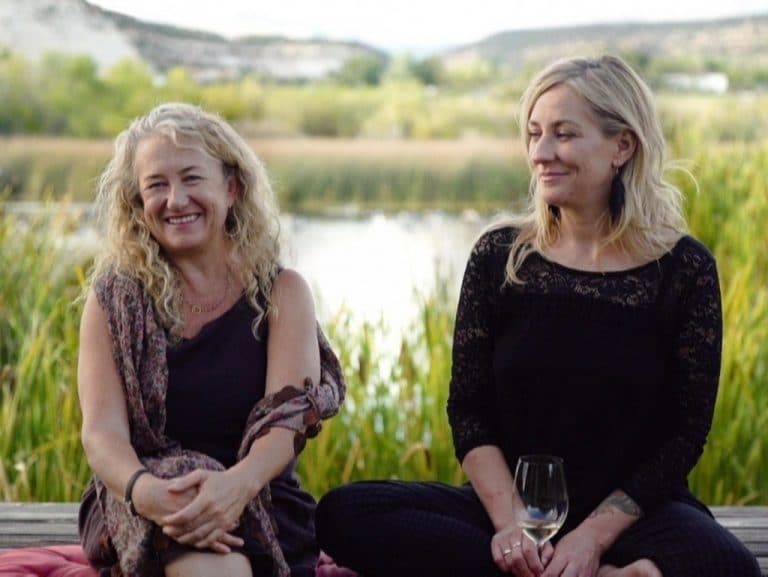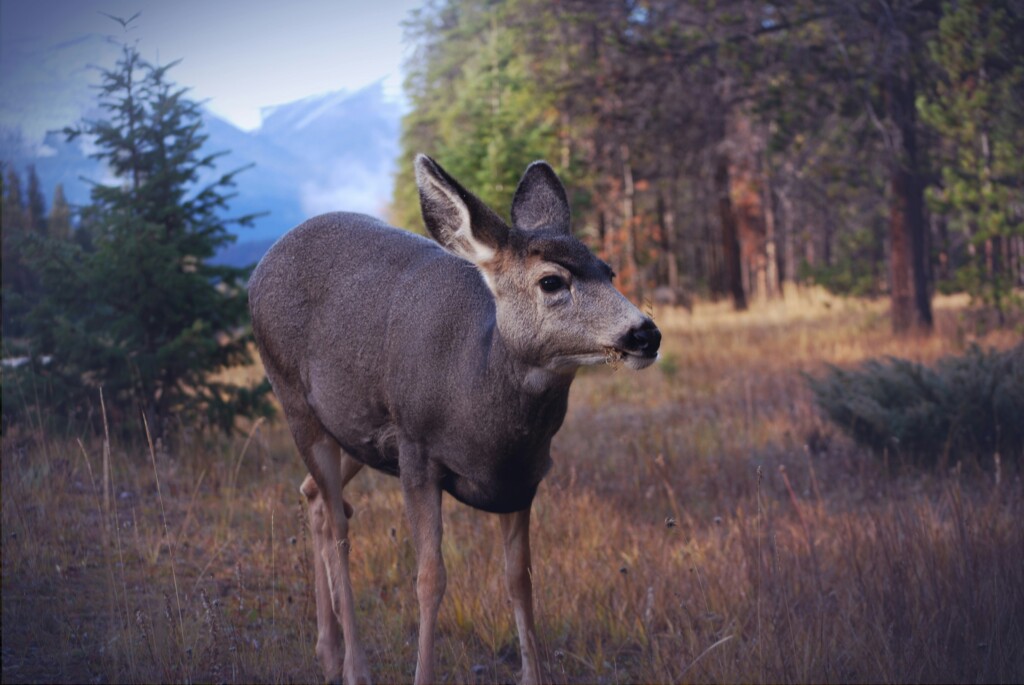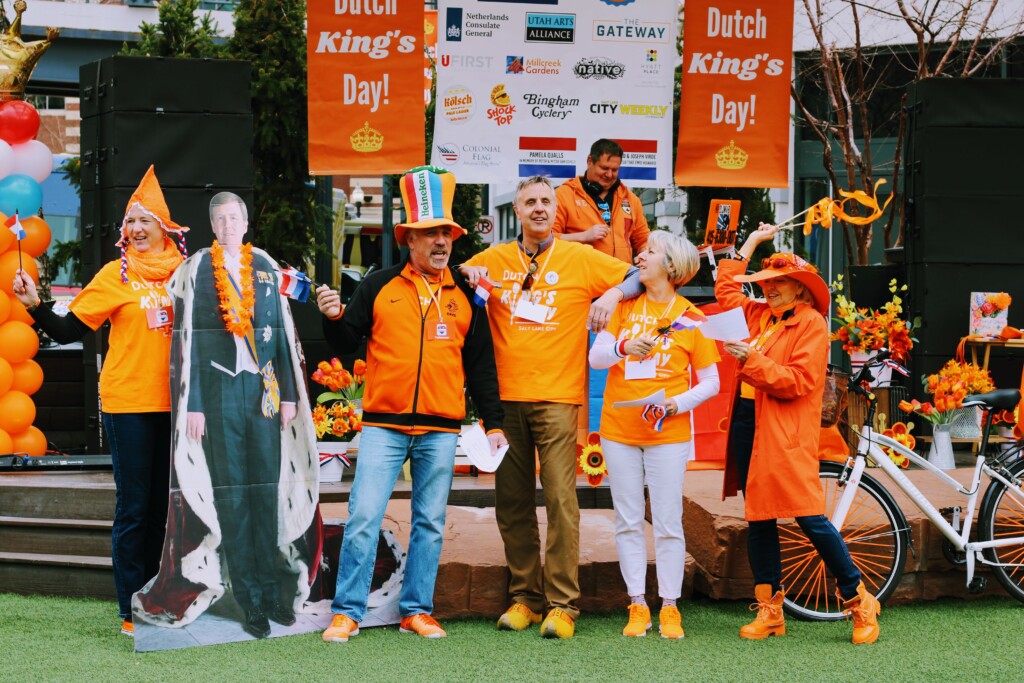Small Town, Big Vision—Premieres July 11
KUED—Sometimes the most groundbreaking ideas come from the smallest communities. Get an inside look at the innovation originating in the unlikeliest of places in Utah on This Is Utah in the episode “Small Town, Big Vision” premiering July 11 at 7:00 p.m. on KUED.
In this episode of This Is Utah, meet the owners of Hell’s Backbone Grill in Boulder, which feeds visitors from around the world with only 6.5 acres and 50 employees; see how local artist Jason Nessen immortalizes his community in paint on the walls of Tremonton City; and learn how the crew of the Mars Desert Research Station in Hanksville is working to make life on Mars a reality.
Jen Castle and Blake Spalding, co-owners of Hell’s Backbone Grill in Boulder, Utah, have been serving up locally sourced, farm-to-table food for nearly 20 years. Originally founded to cater to visitors to the nearby Grand Staircase National Monument, Hell’s Backbone has become known for its mission and work ethic as well as its food, with a commitment to hiring locally, and paying workers a living wage. Learn how this 50-employee, 6.5-acre farm and restaurant in a small town works to embody loving kindness through good food.
Tremonton has a history of murals, dating back to a vigilante artist who began painting on abandoned buildings in the 1970s. These days, local artist Jason Nessen has taken up the helm. Since his first work in 2003, Jason has painted 12 murals around the city, featuring the Tremonton Fire Department, the high school softball team, the family of a local business owner, and more. See how people like Jason have helped Tremonton City win Best of State for Public Art three years in a row.
What would life be like on Mars? That’s what the researchers and space buffs at the Mars Desert Research Station outside Hanksville are working to find out. Students and researchers from around the world gather at this remote desert outpost run by The Mars Society to spend a week or more in a simulated space habitat, never leaving the confines of their space suits nor breathing the fresh air outside. Hear from Dr. Karl-Henrik Dahlqvist and the rest of the mission crew about everything from growing crops on Mars to teaching the next generation about space.
“Small Town, Big Vision” reveals that breakthrough ideas can come from anywhere. The size of a community doesn’t limit the potential to generate them. In towns where everyone knows your name, Utahns find innovative ways to uplift not just themselves but their communities and beyond.
Airdates:
Thu. July 11, 7PM – “Small Town, Big Vision”
Thu. July 18, 7PM – “Go Dog Go”
Show Credits:
Liz Adeola – Host and Story Producer
Nancy Green – Executive Producer
Dana Barraco – Associate Producer
About the Host: Liz Adeola is the host and story producer for This Is Utah. She is excited to call Salt Lake City home after moving to five different states to climb the news ladder as a reporter and anchor. Liz is a storyteller at heart who loves to listen and learn about peoples’ journeys through life.
Liz has more than a decade of experience working in newsrooms across the country and has traveled from one end to the other interviewing people for the documentary 14 Days in America: The Face of Freedom Project. She has been nominated for a Breaking News Emmy and has recently earned an award from the Society of Professional Journalists for covering issues regarding children.
Liz attended the Walter Cronkite School of Broadcast Journalism at Arizona State University, where she studied Broadcast Journalism and Political Science and learned a few tips from the broadcast legend himself, Walter Cronkite.
About KUED: KUED is Utah’s PBS station, providing the state with access to exceptional content that entertains, informs, and enriches viewers. KUED airs PBS programming plus award-winning, locally produced documentaries and series. Recognized as one of the leading public television stations in the country, KUED is committed to serving and engaging with the Utah community through its diverse productions, as well as its educational and outreach programs. KUED is always evolving to provide Utahns with relevant programming and services while maintaining its core values of integrity, fairness, independence, education, and innovation. KUED also provides three additional broadcast channels: WORLD, PBS Kids 24/7, and Create.
For more Utah Stories, go
HERE.






